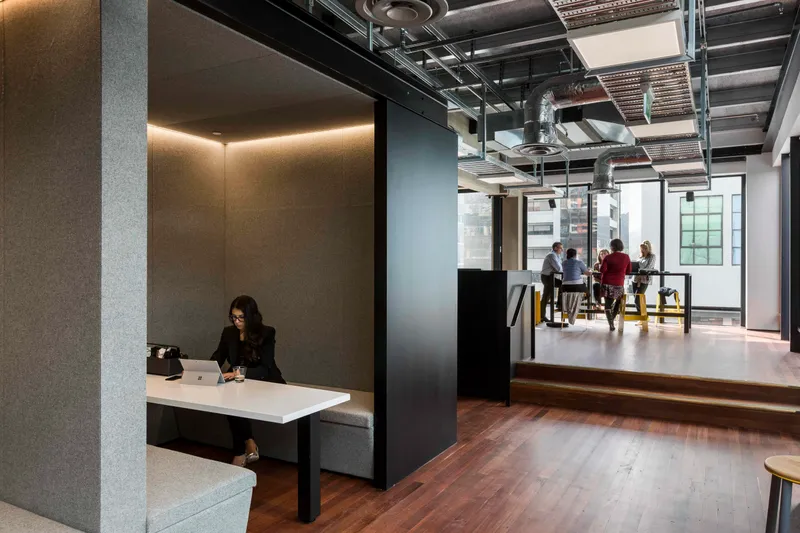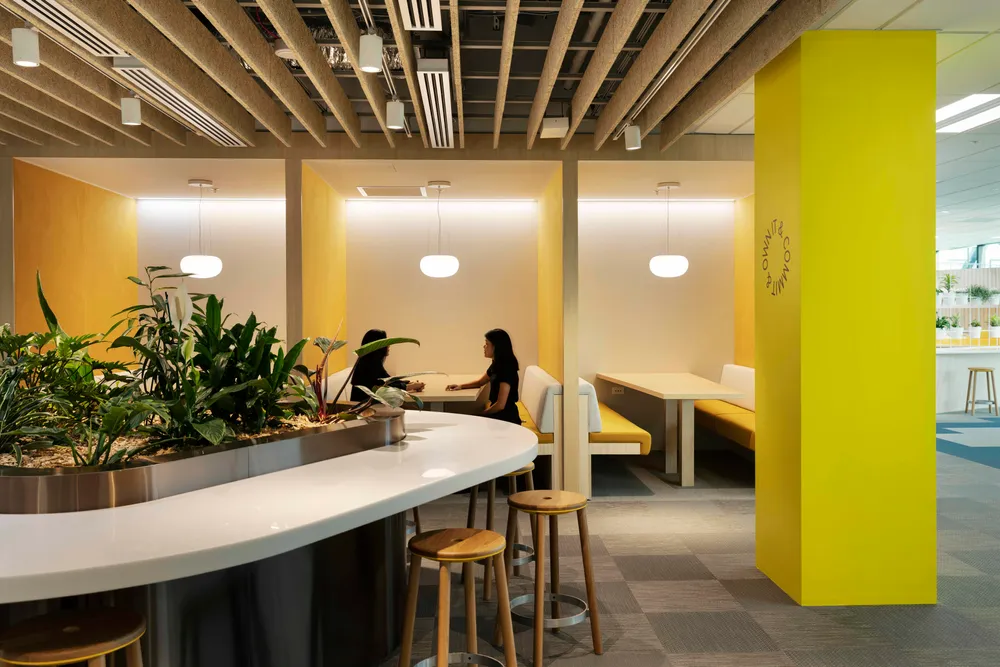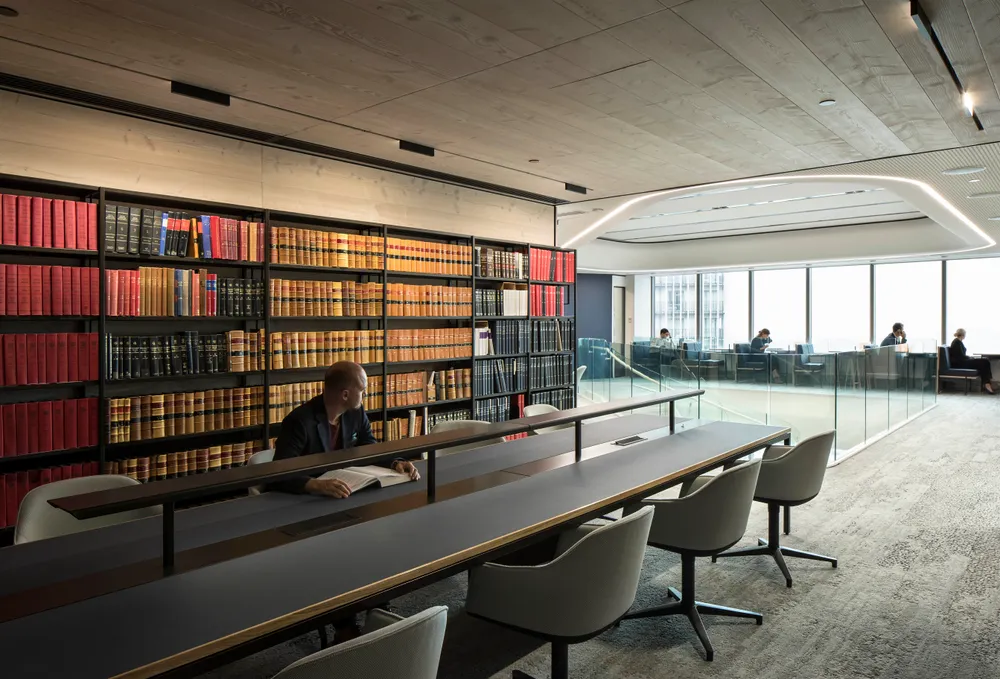NewsPerspectives
Diversity by design: How architects and designers can help to shape a more inclusive workplace

The design of a workplace can be a powerful way to reinforce and support a company’s values and commitment to diversity. Those workplaces that are flexible, well-connected and consider employees’ individual working styles and needs, will foster a sense of belonging, and ultimately help to move the dial on diversity.

While designers and architects understand how important their role is in bringing a company’s diversity strategies to life, there’s plenty of room for improvement.
It’s a hugely collaborative process, and one that relies on getting inside a business and finding out what makes their employees tick. The involvement of groups that might not traditionally be included in a design and planning process can really make a difference to the end result.
When we’re developing a strategy for a new client, we are eager to have open conversations or undertake surveys with everyone across the business so we can understand how inclusion might be currently inhibited, and where design might help.
Interestingly, about 10 percent of the feedback we get from employees will be regarding the actual space, whereas the other 90 percent will relate to topics like culture, working styles and leadership – all of which are fundamental to fully understanding the people we’re designing for.
At this consultation stage, the biggest challenge lies in ensuring all employees are heard. Even when we work hard to listen, be open-minded and ask the right questions, creating a platform where all people feel able to share their views can be difficult, particularly as we are external consultants.
If you were to base decisions purely on the views of those who are comfortable enough to speak up in an open forum, we’d end up only reflecting the voices of extroversion. From a design perspective, this may mean we end up with an overabundance of collaborative and social spaces, and a lack of quiet spaces for those who may work better in a more shielded environment.
As designers, we have to ensure we aren’t making preconceived judgments about what will be required to support particular groups in a workplace – we need to listen first and carefully consider all views.
In the current gender and identity landscape, gender-conscious design is also very important. We have an opportunity to stamp out gender stereotypes within a workplace by ensuring that terminology, as an example, is employed appropriately.
But we also need to be careful not to make decisions purely based on breakdowns of employees’ gender, race, sexuality and socio-economic status. This is dangerous, as this approach can easily reinforce biased stereotypes.
In reality, peoples’ preferences in the workplace vary much more widely than these overarching categories – they can be related to temperature, light, or acoustics - for example - which can vary for an individual across the day and week.

Not everyone recharges in the same way at work; some individuals recharge in a space that welcomes interaction with other people, while others seek quiet and reflective spaces that allow thoughts to incubate and unwind. This means there isn’t one dedicated typology or space that can serve and support every employee for a break or time-out.
This consultation might sound painstaking, but it’s a fundamental part of the process to ensure you end up with a workplace that works for everyone. When you speak to people across the business, you can get to the bottom of issues like accessibility and mobility restrictions, for example, which might not have been recorded elsewhere.
I’ve often seen that when specific requirements of employees haven’t been incorporated into design decisions, the result means both collaborative and quiet spaces are underutilised or not used at all. This usually isn’t because they’re not required, it’s just that they were needed in a different form.
While there’s still plenty of work to do, it’s clear from my interaction with businesses in New Zealand that the days of diversity being a ‘check box’ or HR topic are thankfully over.
More and more of the business leaders who I work with are recognising that for their diversity and inclusion strategies to make a true impact – they must be intricately woven through every aspect of their corporate infrastructure. This is evidenced by many leading brands and companies in New Zealand looking to ensure their business strategies are reflected in their physical workplace environment.
Of course, one of the most powerful ways for us to reflect diversity in our work is to reflect diversity in our own teams. So much of our thinking in our subconscious mind is based on implicate and unconscious biases, which is why being surrounded by a diverse group of colleagues will ultimately lead to a stronger result; we cannot expect to create innovative work if our own teams are homogenous.
As designers, it’s exciting to know we have an opportunity to shape a company’s approach to diversity, and can therefore contribute to a more equal, inclusive and cohesive society. Good consultation is key to inclusive workplace design, and close attention must be paid to those most likely to be overlooked.